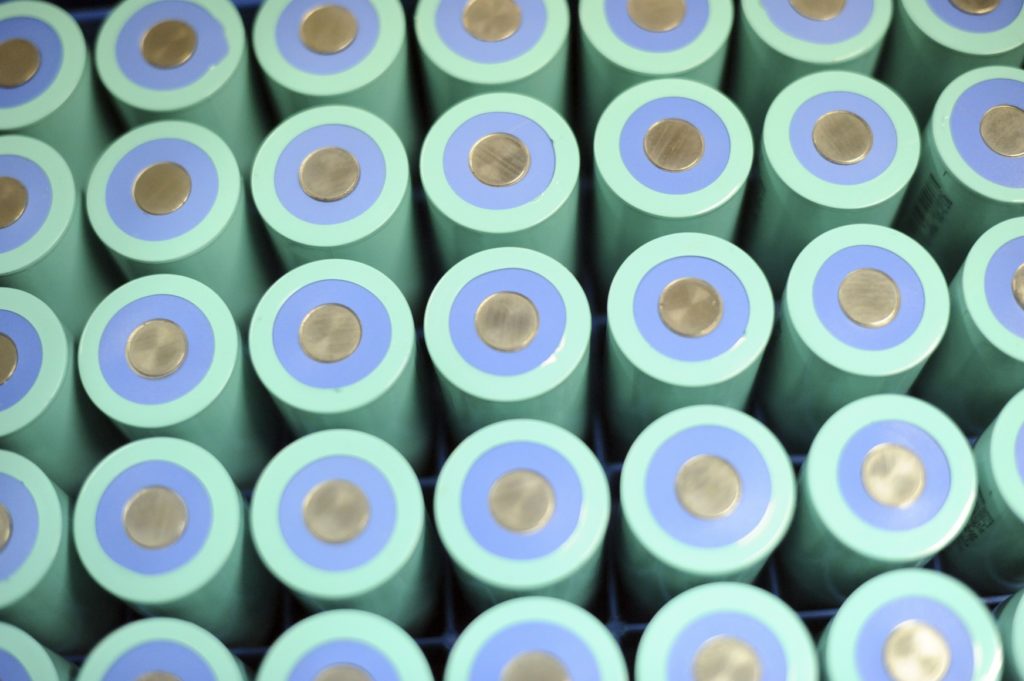
Scientists at Surrey University are to begin work on a new lithium-ion battery technology that could be capable of capturing carbon dioxide emissions.
The project, which has been backed by the Engineering and Physical Sciences Research Council (EPSRC), will study state-of-the-art batteries that use Li–CO2 electrochemical technology.
Researchers will look to achieve a breakthrough in efficient CO2 fixation to store energy.
It is hoped that the work, which is supported by industry partners, will establish the United Kingdom as a leader in portable energy storage, giving rise to innovations and intellectual property.
The EPSRC has awarded the project’s lead and lecturer in Energy Storage and Bioelectronics at Surrey’s Advanced Technology Institute (ATI) , Dr Yunlong Zhao its prestigious New Investigator Award.
Dr Zhao, who is also Senior Research Scientist at the National Physical Laboratory (NPL), said: “The move to carbon neutral forms of energy supplies is critical to the long-term health of our planet and we are hopeful that our ambitious new project will help to address this need.
“This project will look at fundamental studies of electrochemical mechanisms through a multimodal in situ characterisation platform developed in collaboration with NPL.”
Professor Fernando Castro, Head of Science, Electromagnetic and Electrochemical Technologies at NPL, said: “The UK Government has committed to reducing the UK’s greenhouse gas emissions to net-zero by 2050. This project is well-aligned to the national strategy in clean energy and sustainability. Technologies based on this unique Li-CO2 battery and on-chip multimodal measurement platform have significant potential to be taken up by UK SMEs and industries.”
Professor Ravi Silva, Director of ATI at the University of Surrey, said: “At the University of Surrey, we are not afraid of thinking outside of the box and thinking big – because big ideas are often required to tackle grand challenges. We are confident that this incredibly exciting, multidisciplinary project will lead to the fabled fundamental shift in battery technology.”

